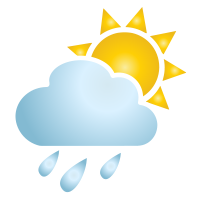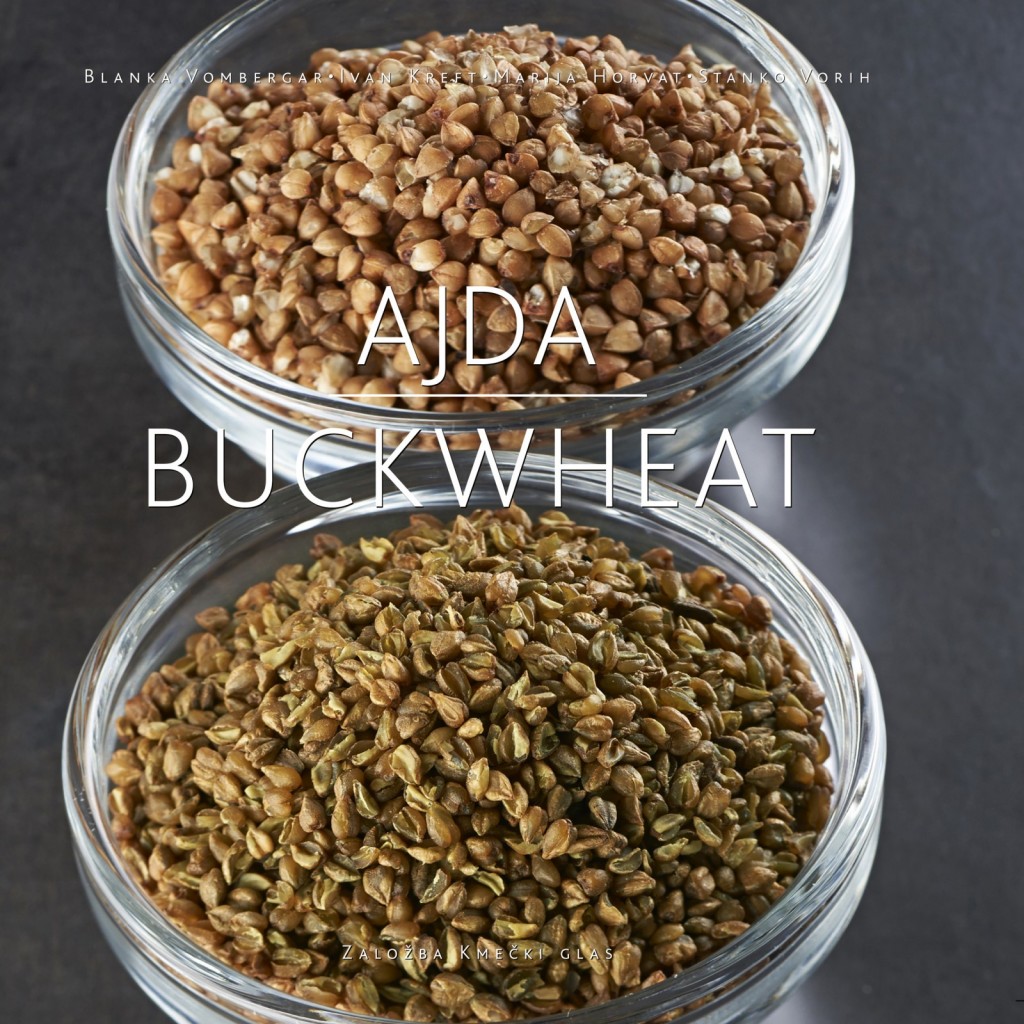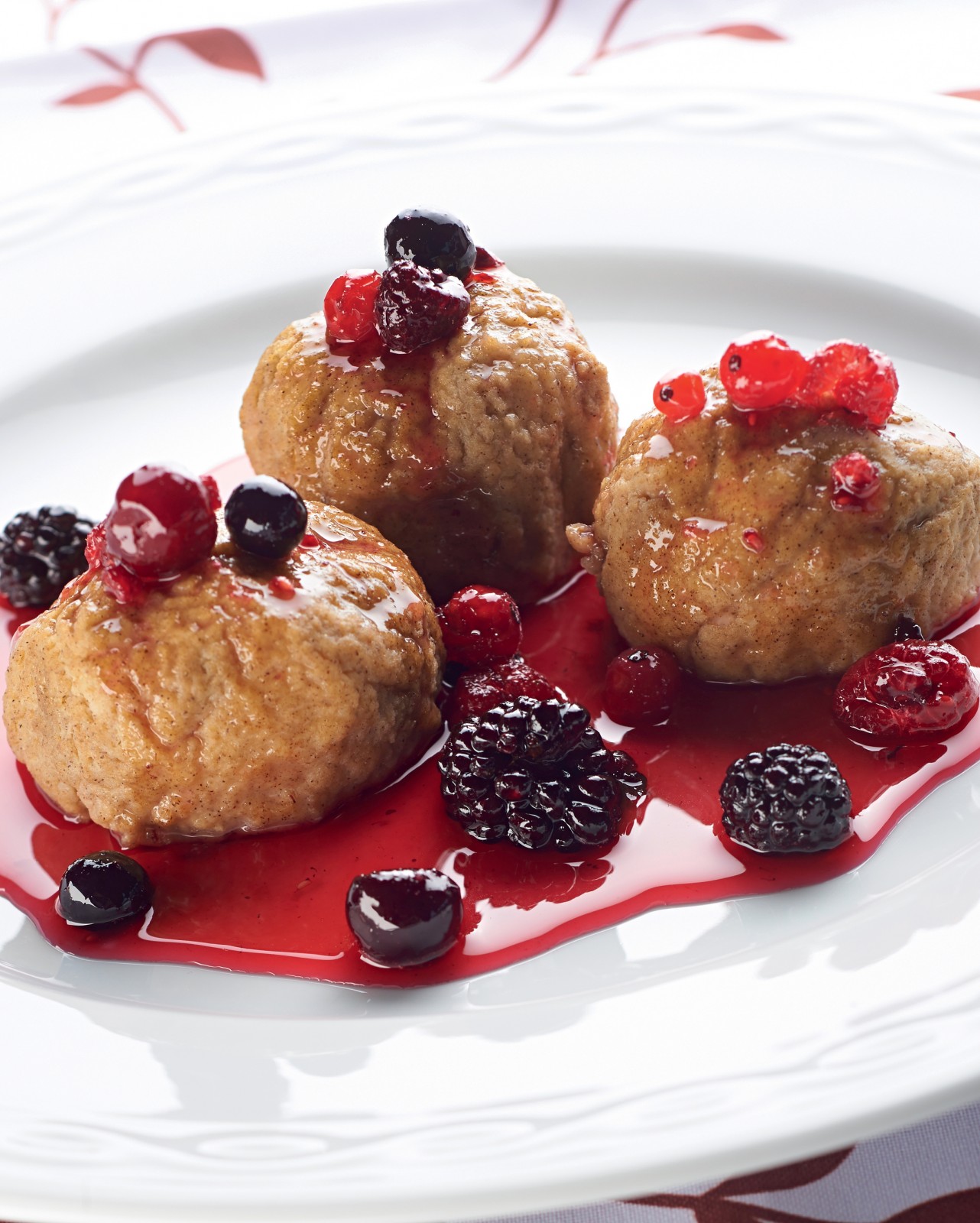| ABOUT THE BOOK |
|
Buckwheat originates in the eastern foothills of the Himalayas, in Yunan, Sichuan, and East Tibet. In Yunan and the Chinese provinces of Shanxi and Shaanxi the buckwheat grown and used is mostly of the common variety. In southwest Sichuan, Tartar buckwheat is grown at 2000 to 2800 metres above sea level, while in Nepal both common and especially Tartar buckwheat are grown at even higher altitudes. Bhutan and the northern parts of India, particularly around Srinagar, as well as the northern territories of Pakistan and Afghanistan are well-known for buckwheat cultivation. From around the Himalayas, buckwheat spread throughout the world, most probably reaching Europe by the Silk Road, or perhaps through Siberia. The first written mention of buckwheat in Slovenia dates to 1426, which is also around the time when it is mentioned by several German texts. Buckwheat then spread throughout almost all of Europe, particularly across Eastern and Central Europe. It is known to have been cultivated by Russians, Ukrainians, Belarusians, Poles, Germans, Czechs, Hungarians, Bosnians, Montenegrins, Croats (especially in the north, but also in Istria), Austrians, Italians (especially in the north, in Valtellina and South Tyrol), in Southern Switzerland, Luxembourg, France (especially Brittany), and even in Finland (particularly in the southeast), there are also writings referencing the cultivation of buckwheat in Portugal, Spain, England, and Scotland. In the 20th century, buckwheat gave way to other crops, especially fodder plants, however, the last few years in Europe have seen a renewed interest in buckwheat’s cultivation and use. From Europe, buckwheat also travelled to Canada and the northern United States. There are stories about emigrants from Prekmurje taking buckwheat groats instead of cash to America, in order to cook with it and sell it. From China, buckwheat made its way to Korea and Japan. The first known Japanese text referencing buckwheat is from 722, but it is generally thought to have already been widespread in late 4th or early 5th century. Buckwheat was particularly typical to the Shinano Province (today the Nagano Prefecture), where it was connected to the Buddhist lifestyle. From Japan, buckwheat travelled forth, as Japanese emigrants took it to South America (especially to the Paraná state of Brazil) as well as to Australia in the past 20 years. The Australian state of Tasmania has for some time been known for its "Tasmania-soba" buckwheat, grown for the Japanese market. 130 pages, hardcover, 21 X 21 cm |
| ABOUT AUTHORS |
|
|
Dr. Blanka Vombergar, Principal of Higher Vocational College at The Education Centre Piramida Maribor and lecturer in nutrition, dietetics, and gastronomy Chair-person of Fagopyrum – Slovenian association for buckwheat promotion; Vice-Chair (2013–2016) of the International Buckwheat Research Association (IBRA). |
|
|
Dr. Ivan Kreft, Scientist, Nutrition Institute, Ljubljana, Slovenia (The author acknowledges the financial support from the Slovenian Research Agency (research core funding No. P3-0395 and project No. L4-7552); Professor, Biotechnical Faculty, University of Ljubljana; Member of the Slovenian Academy of Sciences and Arts. Chairman (2013-2016) of the International Buckwheat Research Association (IBRA). Editor of Folia biologica et geologica and Fagopyrum. |
|
|
Marija Horvat, Eng., teacher of practical work in confectionary subjects at The Education Centre Piramida Maribor. Member of jury for cereal products at Specialties of Slovene farms exhibition in Ptuj; conducts various practical confectionery workshops for children and adults. |
|
|
Stanko Vorih, Eng., teacher of practical work in bakery subjects at The Education Centre Piramida Maribor. Member of jury for cereal products at Specialties of Slovene farms exhibition in Ptuj; conducts various practical baking workshops for children and adults. |
|
|
Tomo Jeseničnik is a freelance photographer specialized in advertising, food, still-life, corporative, portrait and commercial photography. His photographs were published in more than 120 Slovene and international books and in more than 140 magazines and newspaper all over the world. |
| FROM CONTENT | ||
|
BUCKWHEAT COTTAGE CHEESE DUMPLINGS WITH RASPBERRIES
Beat the butter, gradually mixing in eggs, salt, cottage cheese, whole wheat meal, and buckwheat flour. Mix everything together until smooth. Refrigerate for 1 hour, then shape into balls, which should be put these on a floured tray. Press a raspberry (can be frozen) into each of the balls and close them up. Roll them around in buckwheat groats and buckwheat flour if desired, then put them back in the refrigerator. |
| CONTACTS |
|
Založba Kmečki glas Vurnikova ulica 2, SI-1000 LJUBLJANA |
| Head of Publishing House: |
| TANJA ŽGAJNAR NOVAK, e-mail: tanja@czd-kmeckiglas.si; tel.: +386 1 473 53 60 |
| Head of Marketing Department: |
| ALENKA NAGLIČ, e-mail: alenka.naglic@czd-kmeckiglas.si; tel.: + 386 1 473 53 88 |











